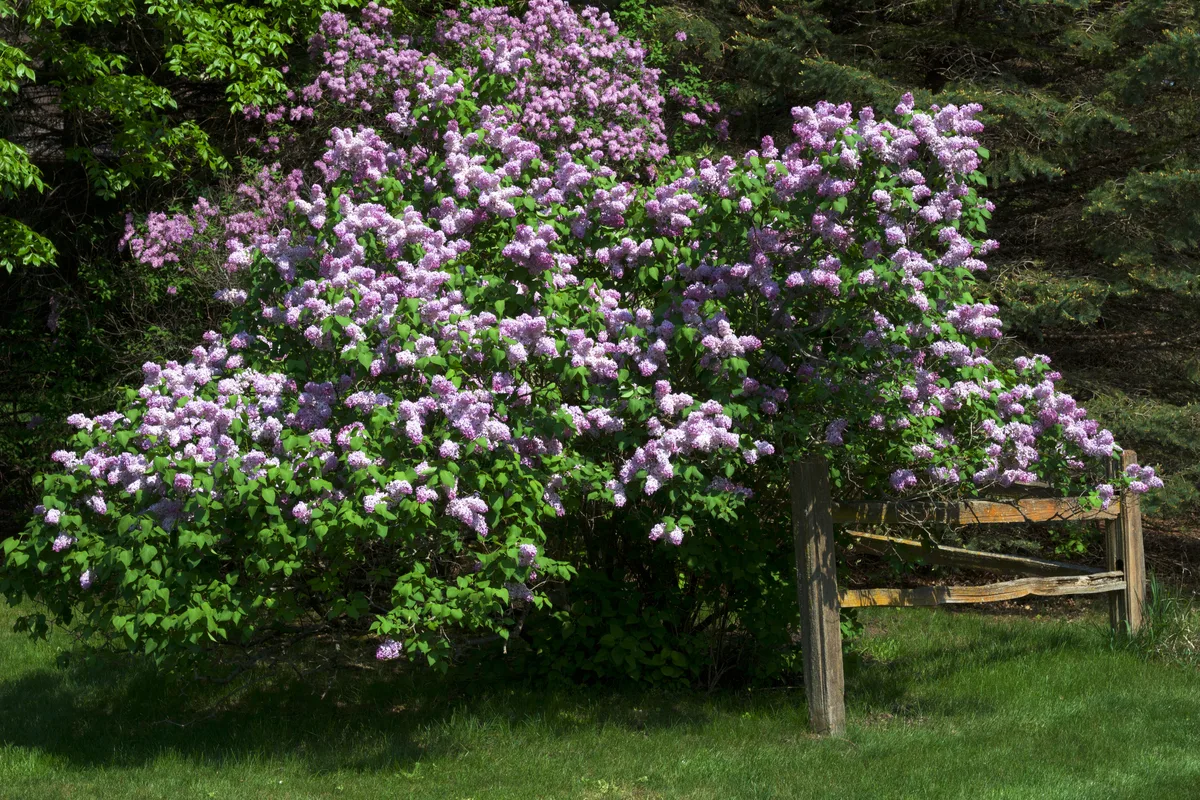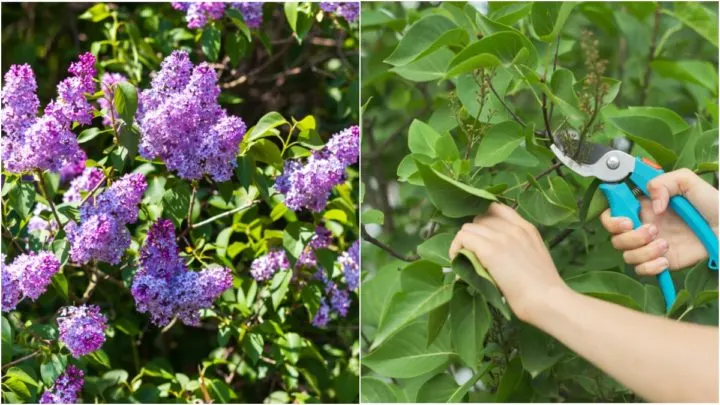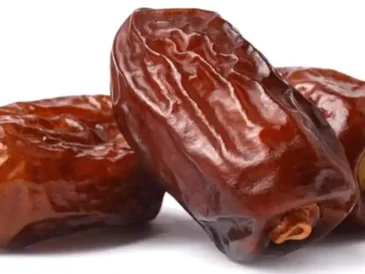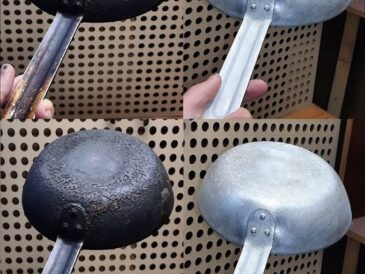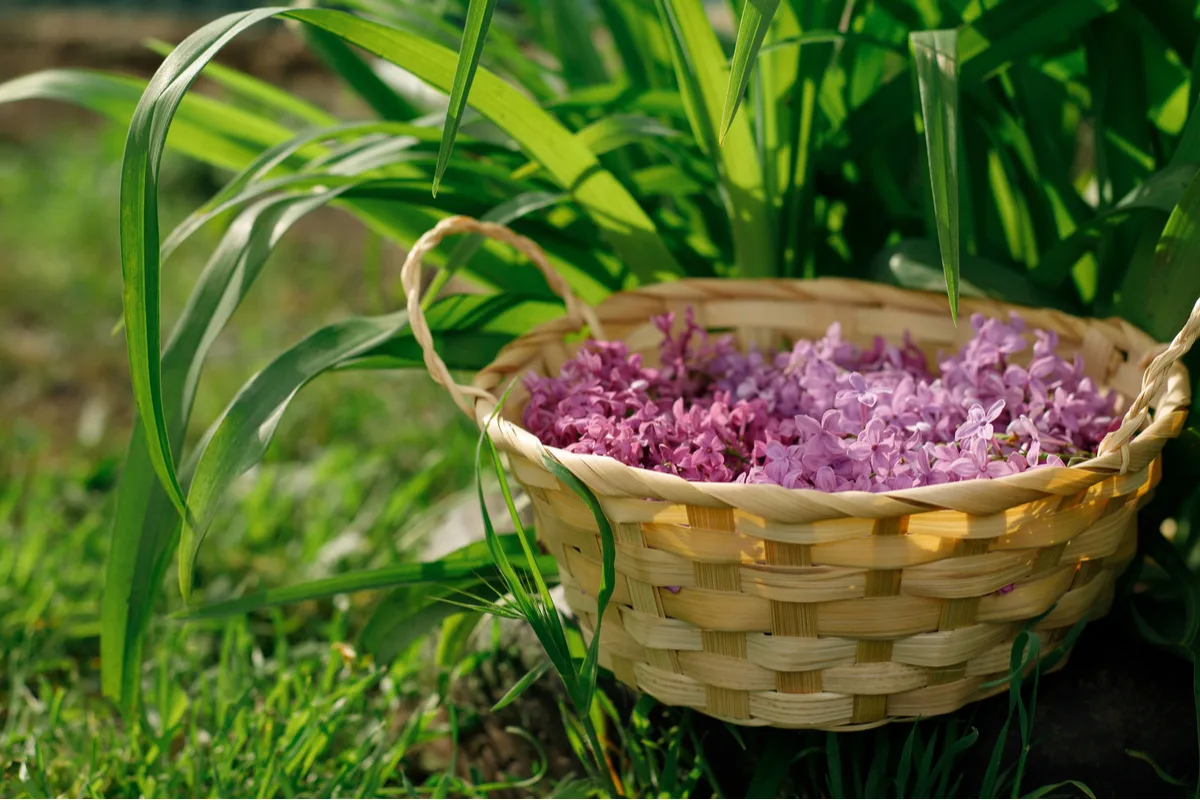
Used in skincare, lilac water imparts an uplifting floral aroma which may reduce inflammation and minimize signs of fine lines.
Lilac Pruning Step #2:
Prune out old wood thicker than 2 inches in diameter.
Old, thick wood becomes less productive. Pruning it out encourages vigorous shoots for big, bountiful blooms. Lilac wood is tough. Use loppers or a hand saw to lighten the task.
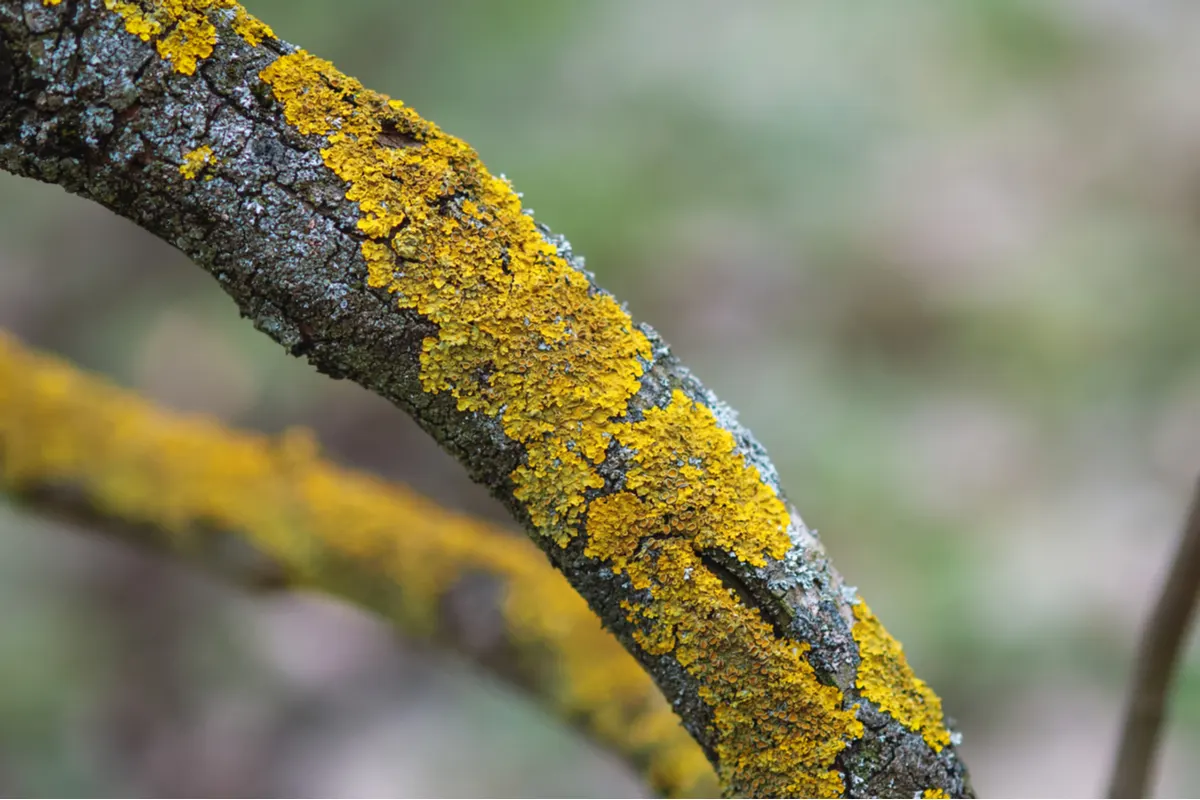
A Modern Take on A Historical Favorite
Through decades of dedicated breeding, many lilac cultivars grow to a polite compact size and shape.
These robust shrubs are found throughout suburban and urban landscapes and tend to be easier to maintain.
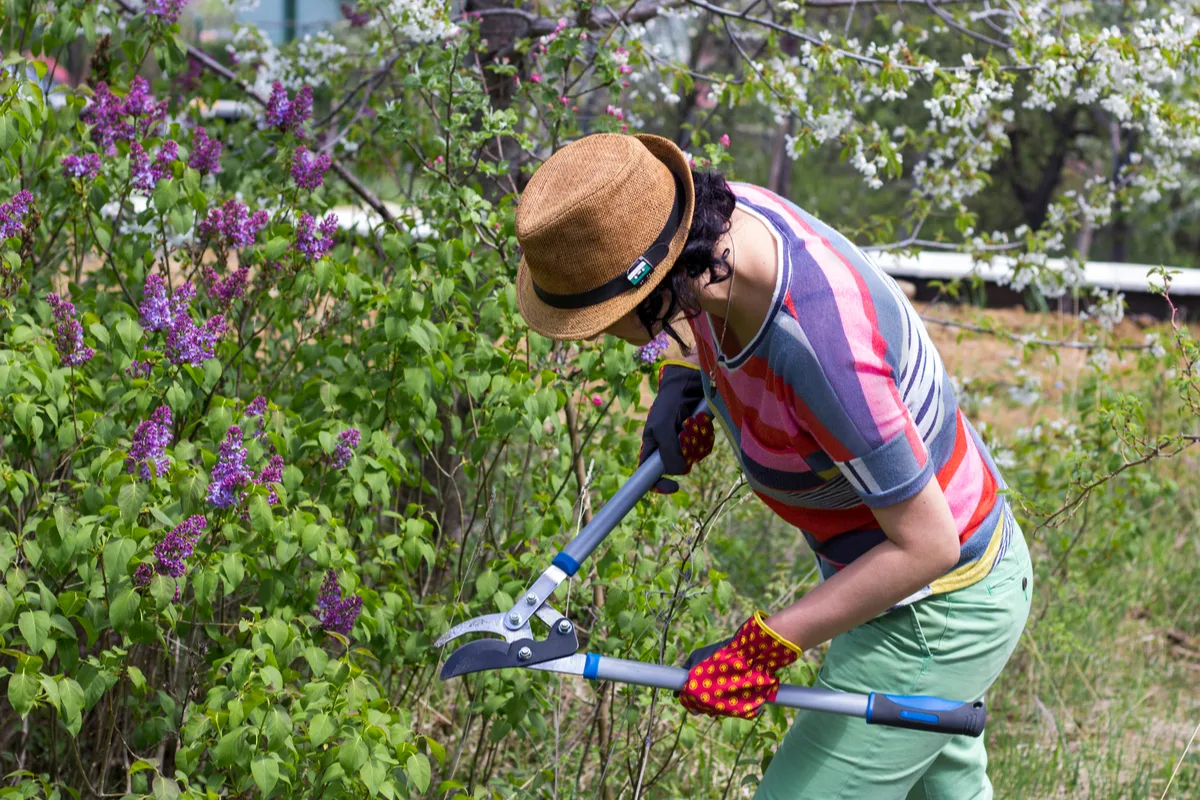
Most lilac varieties, however, have strong suckering habits, a benefit for filling in space and for propagating more lilac shrubs.
Regardless of the lilac variety, young shoots ½ to ¾ of an inch thick tend to be the most productive.
Lilac Pruning Step #3:
Observe your shrub from all vantage points. Prune out any diseased, dead, or damaged wood. To improve airflow, remove any remaining faded flowers along with spindly, unproductive shoots. Look for inward crossing branches and remove them to allow outward facing branches to grow unimpeded.
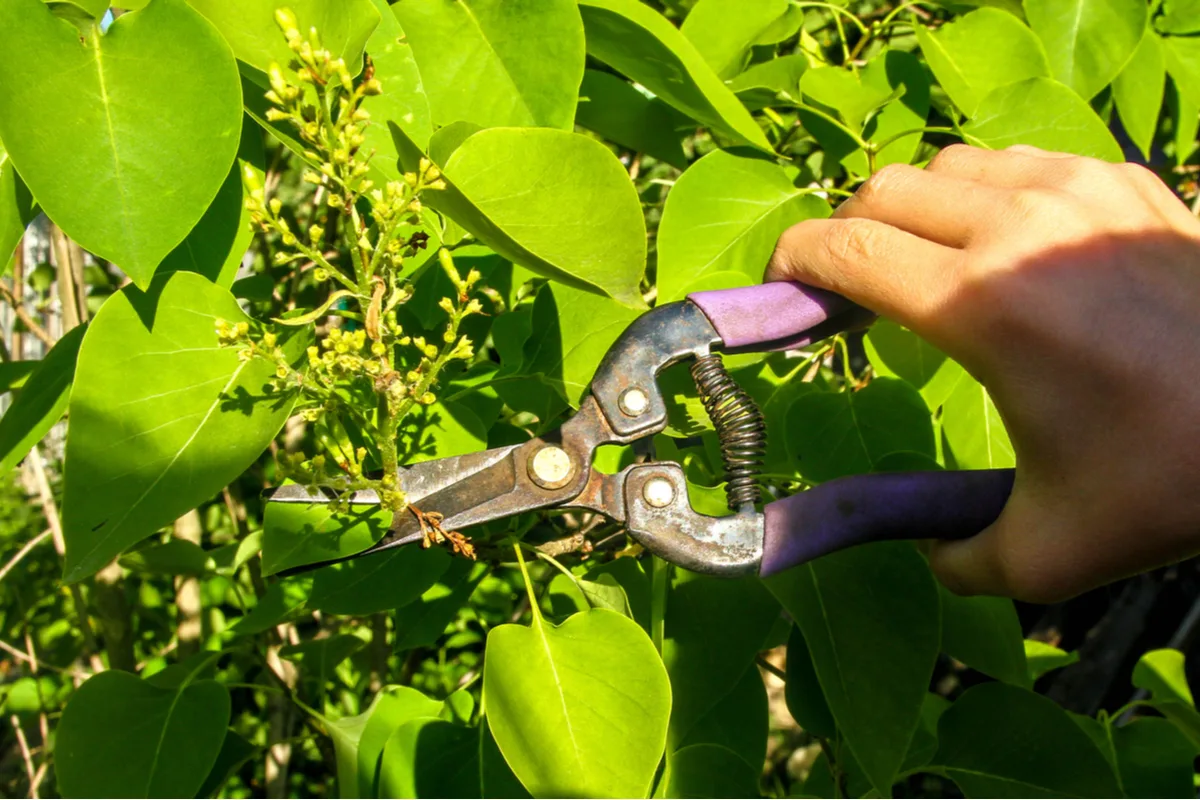
Pruning Lilacs – Annual Maintenance
Lilacs have a slow to medium growth rate and usually won’t require any pruning in the first 3 to 4 years while they become established.
Even after all the bouquets of fragrant lilac sprays, there might still be some flowers remaining.
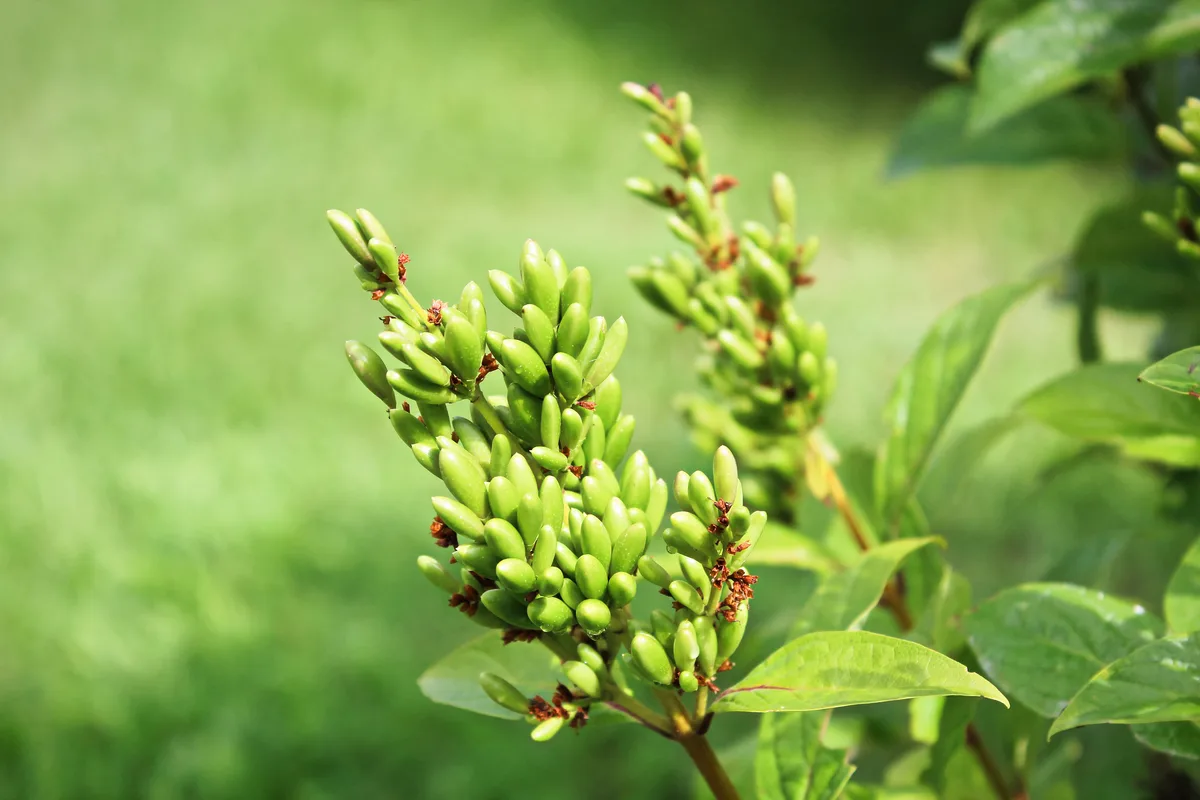
You might choose to remove any remaining faded lilac flowers. This will improve air circulation and direct the plant’s energy to next year’s buds.
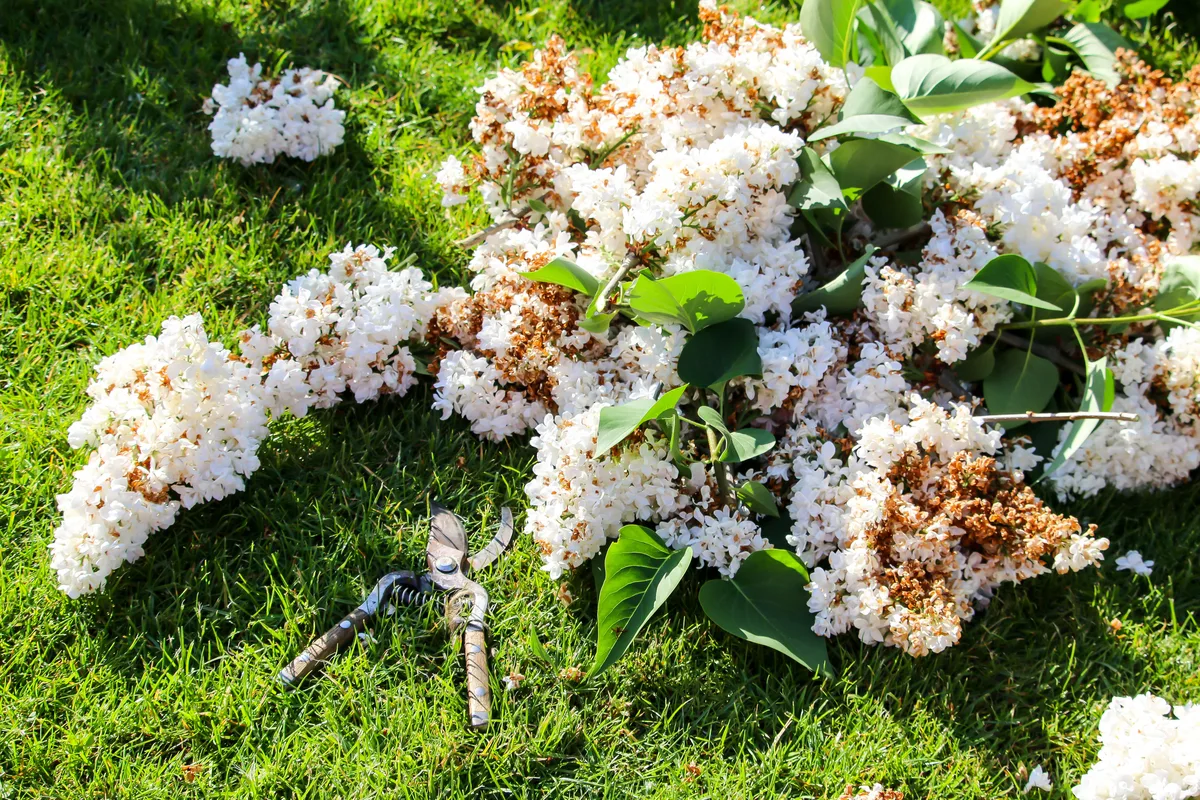
Do your maintenance pruning as soon as the flowers have finished.
This is also the best time to shape your lilac shrub and reduce the size by no more than 1/3 if desired.
How To Rejuvenate An Old Lilac Shrub
A favorite long-lived shrub, the common lilac (Syringa vulgaris) has a lifespan of over 100 years.
You may find overgrown forgotten lilac hedges at the edge of an overgrown field. A timeless commemoration of the long-since vanished farmhouse and the generations that may have lived there.

Older lilacs tend to be productive just at the outer tips of branches with lots of dead or damaged wood inside the plants’ structure.
Tackling one of these giant 20- or 30-foot shrubs will take some serious contemplation!
There are three courses of action to choose in this situation.
- Let it be. If the lilac is not a danger or in the way, you might allow it to continue its annual flower festival.
- Undertake an archeological pruning. Exposing the rich, old, twisted branches is a labor of love that could bring new life to one of these historic lilacs finds.
- Prune back the massive shrub. The shrub pruning rule is to only remove 1/3 of a shrub at a time. Rejuvenating the lilac to its formal glory may take a few seasons but you may have an established meaningful garden asset in the future.
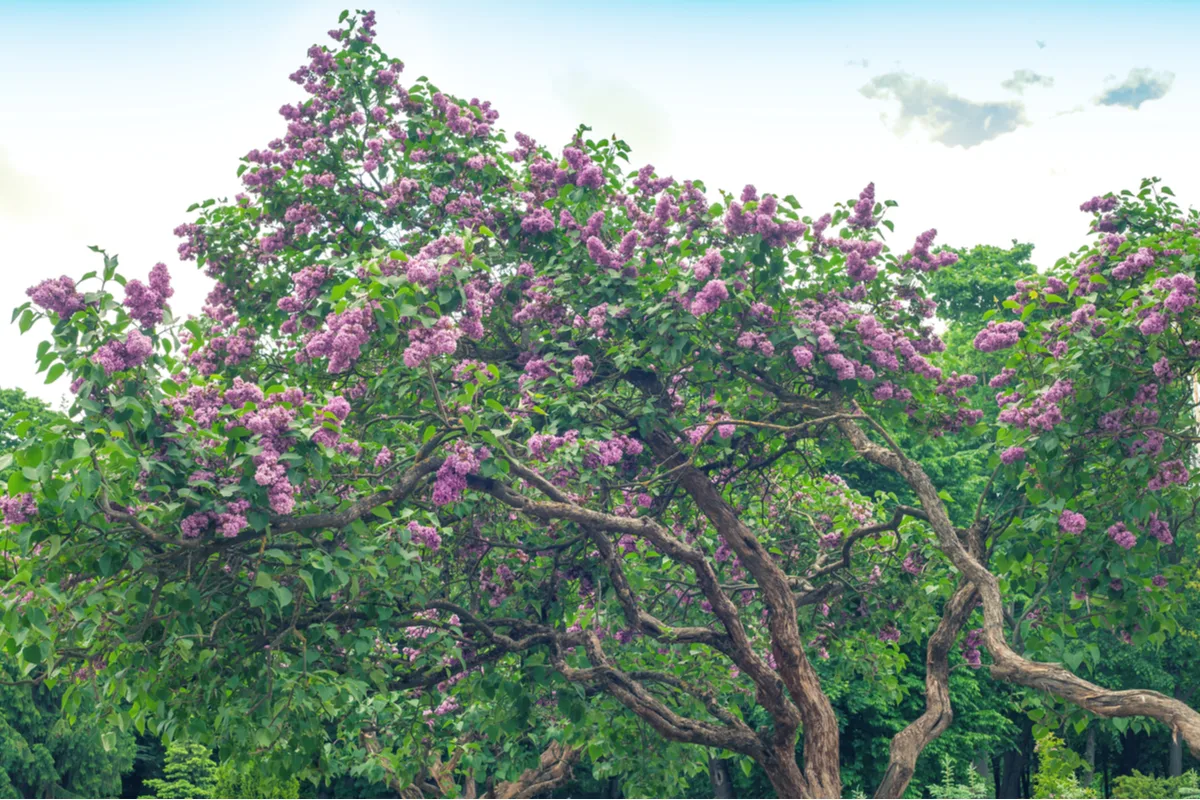
Even if you are blessed with your own lilacs, make sure to look for a lavish and luxurious lilac festival near you.
